Load shedding at a power plant involves shutting down parts of the electricity network in a controlled way to prevent the electrical system becoming unbalanced when there is not enough supply to meet demand. This is done to prevent a country-wide blackout. South African (S.A.) state utility Eskom provides for eight stages of loadshedding. Stage 1 sheds one thousand megawatts. Stage 8 sheds eight thousand megawatts. Loadshedding is implemented on a rotational basis so Stage 8 loadshedding might mean that customers would have their supply of electricity interrupted throughout the day for up to twelve hours.
S.A.’s power system is severely constrained with a high risk of stages of loadshedding as winter approaches, according to Eskom. Eskom issued its State of the System and Winter Outlook briefing on May 18th. In the briefing, Eskom said that loadshedding might be predominantly implemented at Stage 5 for the winter period with breakdowns or capacity unavailable due to unplanned maintenance at fifteen thousand megawatts. However, if unplanned outages reach eighteen thousand megawatts, loadshedding might be required “every day and might be implemented up to Stage 8 … an ultimate worst-case scenario that Eskom is working tirelessly to avert at all cost by all means necessary”.
The current situation is exacerbated by the loss of four power generation units which are on extended outages. Three of those units are at the Kusile coal-fired power plant. The fourth unit is a nuclear reactor at Koeberg nuclear power plant. It is currently on a long-term outage for maintenance and refueling. It is expected to return to service in September of this year. Eskom also needs to replace the steam generators Koeberg. The unavailability of the three Kusile units and Koeberg 1 has removed three thousand and eighty megawatts of capacity from the grid. This is equivalent to three stages of loadshedding.
Bheki Nxumalo is the Eskom Generation Group Executive. He said, “We are striving to reduce plant breakdowns to 15,000 MW or below for the winter period to keep loadshedding at lower stages. We, however, concede that this will be extremely hard given the unreliability and unpredictability of the power generating fleet and that we are already about 3000 MW worse off this winter compared to the same period last year.”
Calib Cassim is the Eskom Acting CEO. He said, “It is going to be a difficult winter.” He added that the company has confidence in the control measures that it has in place, including loadshedding. This means that a national blackout will not happen this winter. S.A.’s winter months are June, July and August.
Eskom’s update came two days after South Africa’s Minister of Mineral Resources and Energy Gwede Mantashe told the National Council of Provinces (NCOP), the upper house of the South African Parliament, that the S.A. government plans to issue requests for proposals for the procurement of two thousand five hundred megawatts of nuclear power in the fourth quarter of this year of this year as part of its electricity procurement plans.
Mantashe mentioned that “Grid availability is critical to securing electricity supply in the future. It impacts not only on the public procurement programs, but also on private embedded generation initiatives,” during a budget vote speech to the S.A.’s National Council of Provinces.
Blog
-
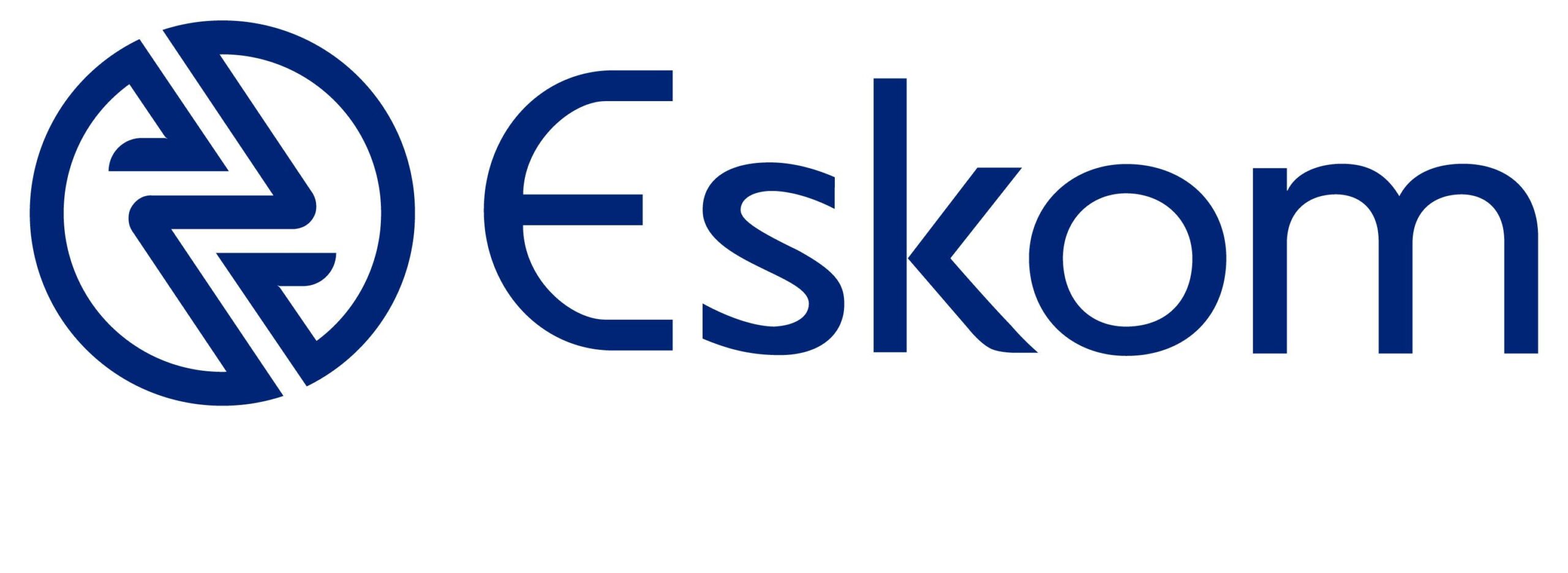
Nuclear Reactors 1226 – South Africa May Have To Carry Out Loadshedding This Winter
-
Nuclear News Roundup May 22, 2023
Biden adviser discussed possible outreach to Iran on nuclear program with Oman: sources axios.com
IAEA team completes Czech regulatory review world-nuclear-news.org
EC outlines approval grounds for Paks II contract amendments world-nuclear-news.org
Ukraine claims Russia planning ‘massive’ incident at nuclear site Aljazeera.com
-
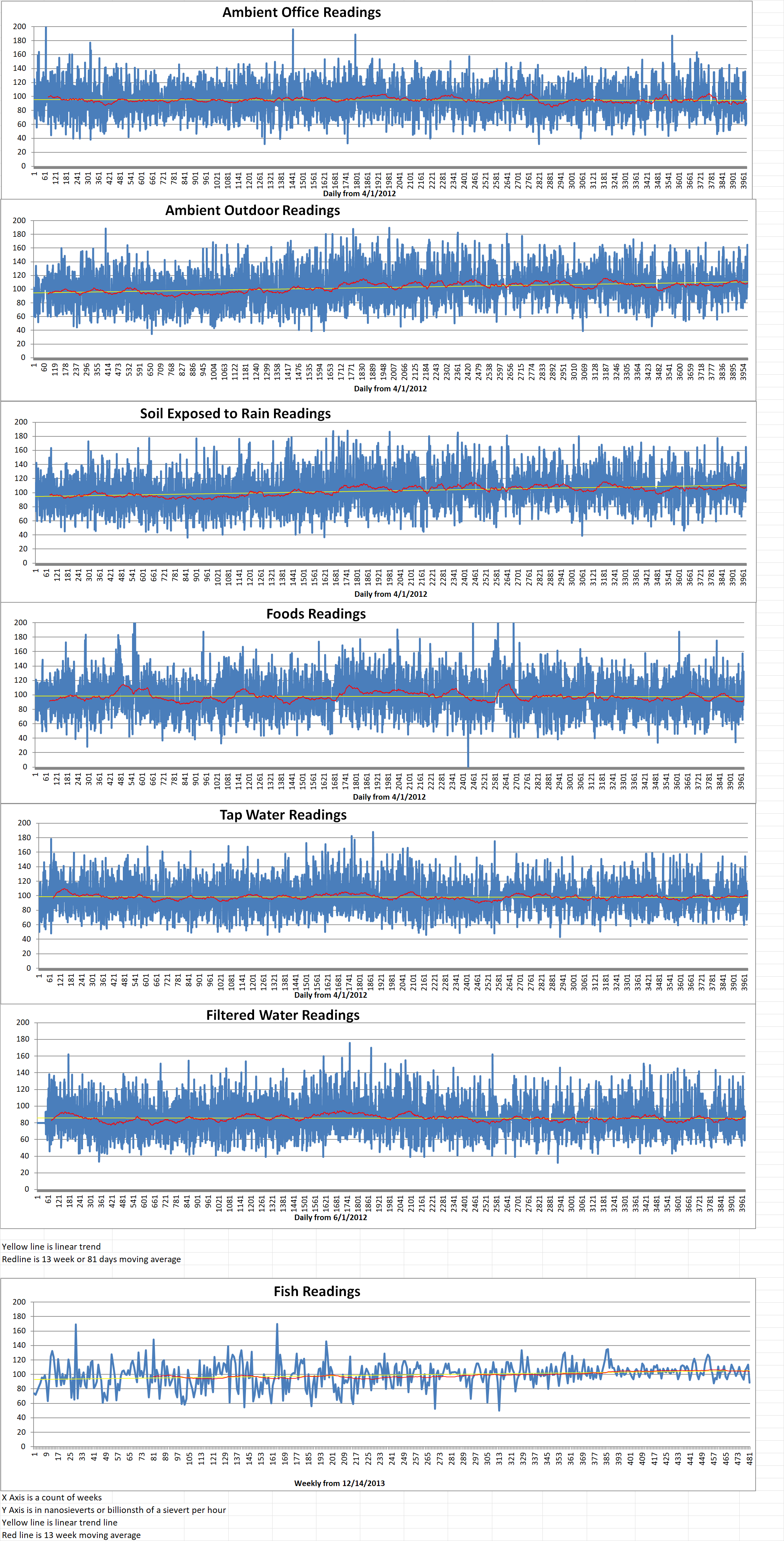
Geiger Readings for May 22, 2023
Ambient office = 90 nanosieverts per hour
Ambient outside = 118 nanosieverts per hour
Soil exposed to rain water = 118 nanosieverts per hour
Green onion from Central Market = 126 nanosieverts per hour
Tap water = 106 nanosieverts per hour
Filter water = 88 nanosieverts per hour
-
Nuclear News Roundup May 21, 2023
Uravan Minerals Announces Shareholder Approval of Business Combination Agreement with Nuclear Fuels Inc. finance.yahoo.com
Could China and Saudi Arabia Push Iran Back Into a Nuclear Deal? Haaretz.com
Russia moves ahead with deployment of tactical nukes in Belarus reuters.com
Belarus official: West left us no choice but to deploy nuclear arms reuters.com
-
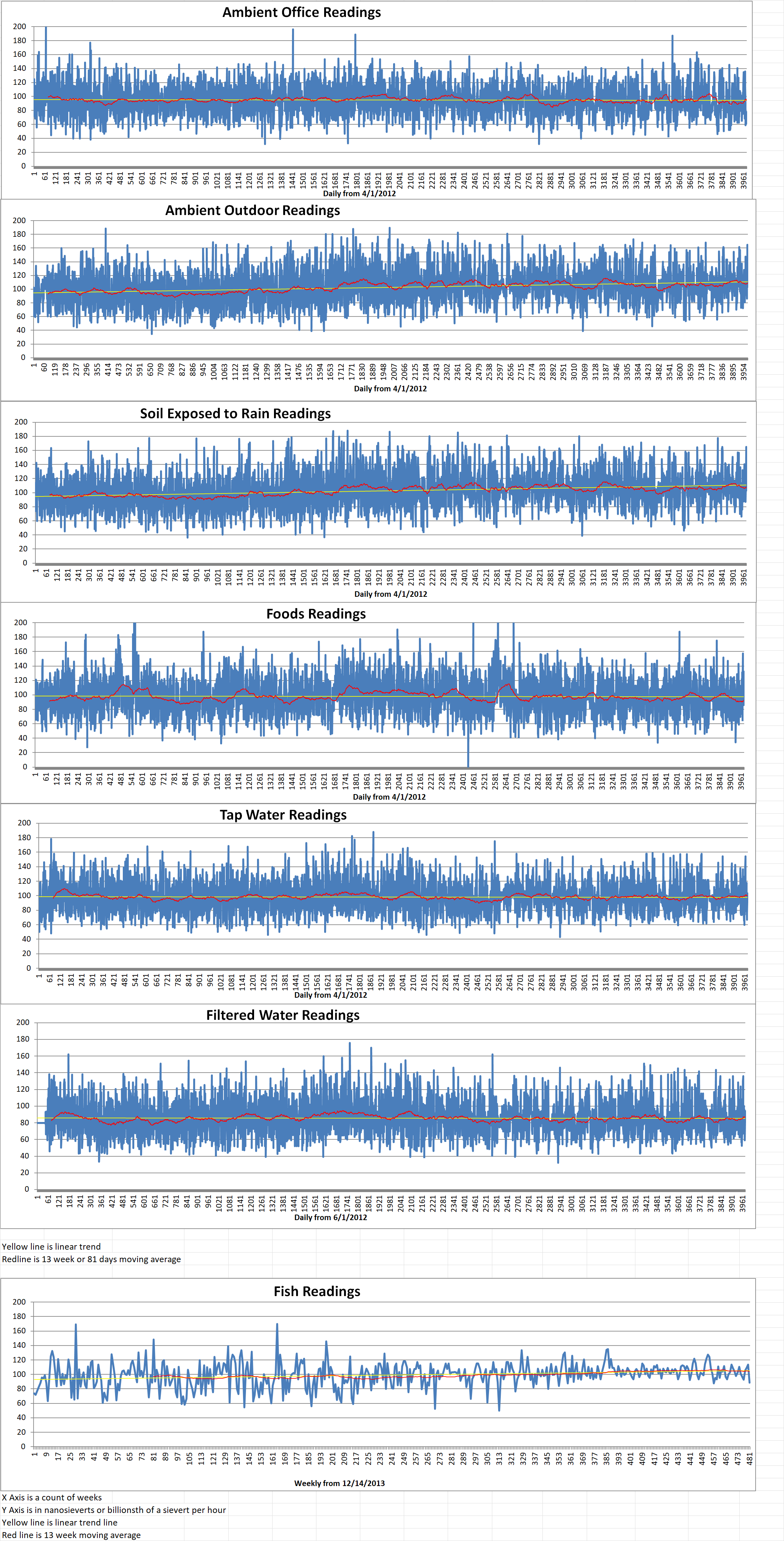
Geiger Readings for May 21, 2023
Ambient office = 76 nanosieverts per hour
Ambient outside = 103 nanosieverts per hour
Soil exposed to rain water = 103 nanosieverts per hour
English cucumber from Central Market = 96 nanosieverts per hour
Tap water = 100 nanosieverts per hour
Filter water = 94 nanosieverts per hour
-
Nuclear News Roundup May 20, 2023
Lukashenko: ‘Nuclear weapons for everyone’ willing to join Russia and Belarus thehill.com
IAEA closes two nuclear investigations in Iran – Iranian Media jpost.com
UN nuclear watchdog asks Russia, Ukraine to protect Zaporizhzhia plant wsau.com
Nuclear Fusion Startup Gets Funding for Twisty-Looking Reactor news.yahoo.com
-
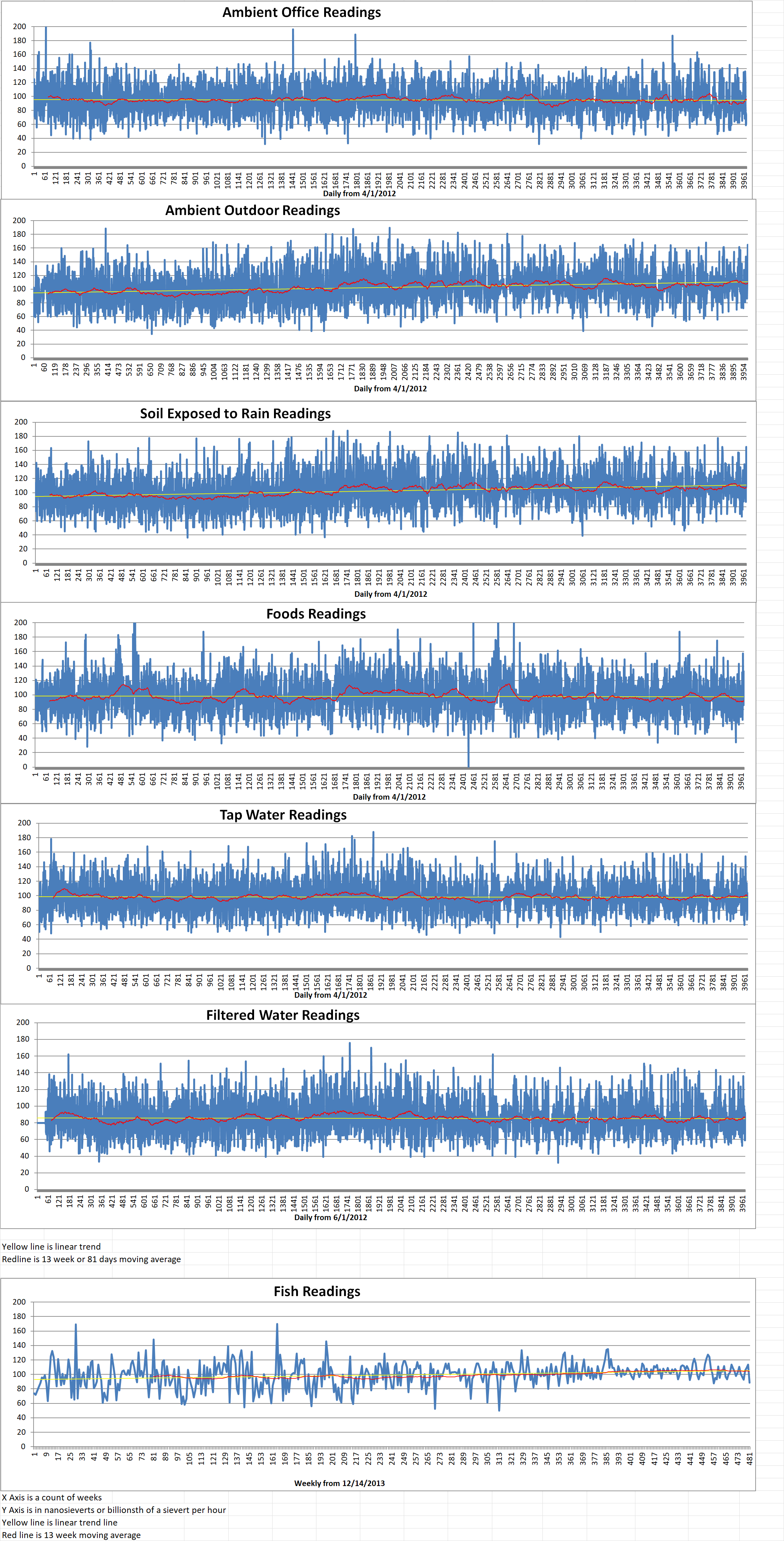
Geiger Readings for May 20, 2023
Ambient office = 66 nanosieverts per hour
Ambient outside = 129 nanosieverts per hour
Soil exposed to rain water = 129 nanosieverts per hour
Blueberry from Central Market = 133 nanosieverts per hour
Tap water = 103 nanosieverts per hour
Filter water = 92 nanosieverts per hour
Dover Sole from Central = 89 nanosieverts per hour
-

Nuclear Reactors 1225 – EDF Has Created A Subsidiary Named Nuward To Accelerate The Production And Deployment Of The EDF Nuward Small Modular Reactors – Part 3 of 3 Parts
Part 3 of 3 Parts (Please read Parts 1 and 2 first)
Nuward is trying to involve different countries both in the design, the joint early review, and also in international advisory boards. Several countries are well aware of what Nuward is currently designing and what Nuward reactors can do. They know very well that Nuward systems can co-generate power and heat so that they can supply some industrial needs while also producing electricity. It will help to have early clients that have an interest in the Nuward technologies before the first Nuward reactor is online. There is not sufficient time to wait for the operational dates of the first Nuward reactor to discuss new projects with clients. There is also the question of if and how Nuward will be used in France. Nuward would love to have a series of Nuward reactors in France as a complementary way of decarbonization besides the big nuclear power plants. However, it has not yet been decided at any level of French government and/or industry. It would be good for the project, for the climate, and demonstrate that Nuward believes strongly in this technology for the country.
Nuward is becoming “the” European SMR. First because Nuward has an increasing number of partnerships with different companies outside of France, especially in Europe. This is because the first Nuward market will be Europe and Nuward has a better understanding of regulations and laws currently in place in Europe. Nuward is also in a race to hire people and have talents helping to develop the project. So, Nuward relies on the European labor market to do that, not only the French labor market. It is important to become a leading European SMR, built in Europe with various European nations and companies involved.
The question of how the nuclear energy sector will look in 2060 is difficult to answer. There needs to be many experts recruited so that nuclear power can play the right role in the decarbonizing trajectory. The World Energy Outlook is projecting eight hundred and twenty gigawatts of nuclear power necessary in the net-zero scenario and Nuward believes that this is certainly achievable in terms of investments. However, it will be very difficult to achieve with no change in nuclear regulation, no change in harmonization of safety rules. By 2060, there will probably be a large variety of technologies on the market. There will be a mixture of both Generation III and Generation IV technologies . There is a long-term solution to utilize spent nuclear fuel from the Generation III reactors as a fuel in the Generation IV reactors. That would be very good news with respect to the accumulation of spent nuclear fuel waste piling up at the big reactor sites. Nuward hopes to be able to contribute in a major way to fighting climate change with decarbonization. The main challenge is about skills and the number of competencies necessary to deliver all these projects. Nuward will have to be able to attract many people from other sectors, including hiring large numbers of young people. It will be a new era for nuclear power. -
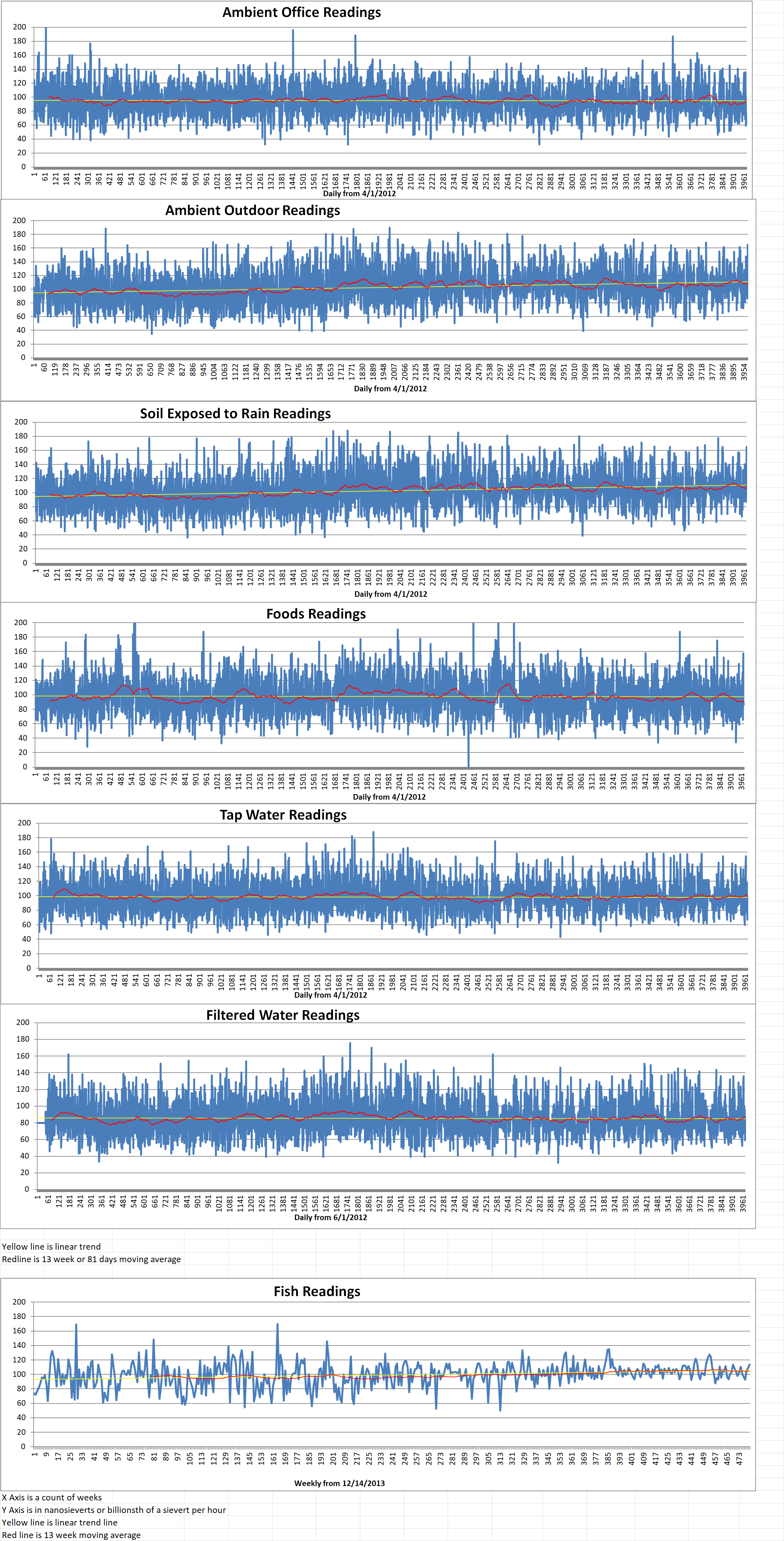
Geiger Readings for May 19, 2023
Ambient office = 61 nanosieverts per hour
Ambient outside = 165 nanosieverts per hour
Soil exposed to rain water = 165 nanosieverts per hour
Avocado from Central Market = 86 nanosieverts per hour
Tap water = 98 nanosieverts per hour
Filter water = 87 nanosieverts per hour
-
Nuclear News Roundup May 19, 2023
Israeli Ministers Head to U.S. as Iran Nuclear Program Advances Haaretz.com
Russia to move newest nuclear sub to Pacific in August Aljazeera.com
Ukrainian nuclear plant is “extremely vulnerable,” U.N. official warns, after 7th power outage of war cbsnews.com
Five Countries Join IAEA’s Radiation Monitoring System iaea.org
